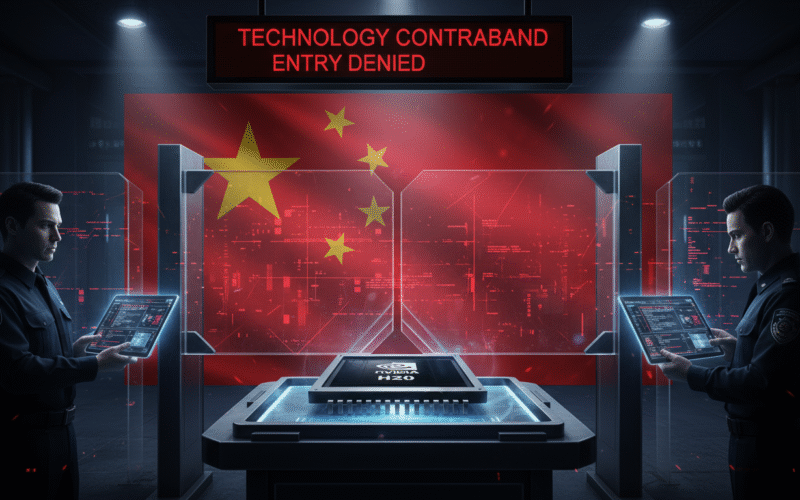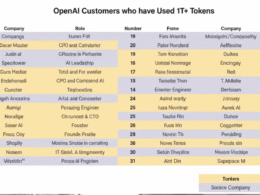China has significantly increased its Nvidia AI Chip Crackdown in recent months. Customs officials now rigorously inspect shipments at major ports to reduce reliance on U.S. processors and boost domestic semiconductor growth. This enforcement targets Nvidia’s chips designed for the Chinese market, enforcing U.S. export restrictions strictly.
The crackdown began with Nvidia’s H20 and RTX Pro 6000D chips but has expanded to cover all advanced semiconductor imports. China aims to stop smuggling and illegal imports that violate export rules. This broader scope ensures tighter controls over sensitive AI chip technology entering the country.
Leading Chinese tech firms like ByteDance and Alibaba have been ordered to halt orders and testing of Nvidia AI chips. This is part of China’s push for self-reliance in AI hardware. Local companies now face more challenges in acquiring foreign AI products, which may speed up domestic innovation efforts.
Alongside customs actions, investigations have started into false import documents and illegal smuggling networks. For example, U.S. trading firm Tower Research is being investigated for suspected illicit chip imports. These probes underscore China’s commitment to enforce its import laws with rigor.
China’s Nvidia AI Chip Crackdown fits into a larger strategy to challenge U.S. semiconductor dominance. The country plans to triple its advanced chip production next year to build a competitive AI technology ecosystem. Nvidia has stopped forecasting China revenues due to these new restrictions.
Despite strict enforcement, smuggling of Nvidia chips reportedly continues on a large scale. The crackdown could extend to other chipmakers like AMD and Intel, disrupting global supply chains. This evolving landscape highlights rising geopolitical tensions around AI chip technology.
Overall, China’s crackdown marks a decisive shift in semiconductor trade and technology competition. It pushes China closer to achieving domestic innovation and supply security for AI hardware, reshaping the global technology race and market dynamics.








